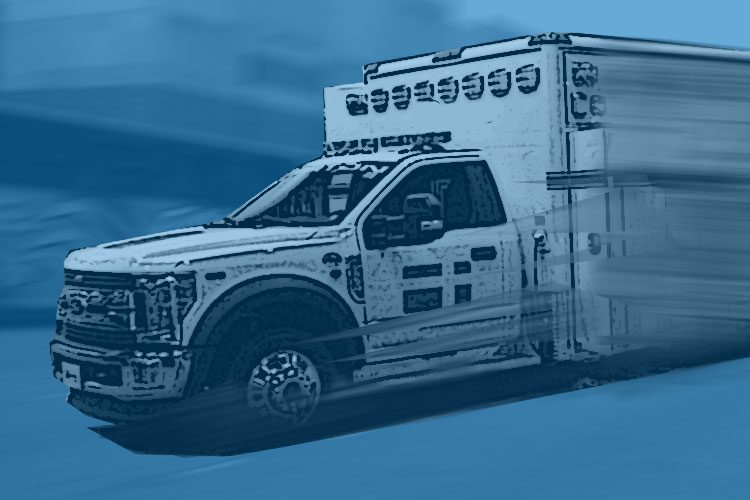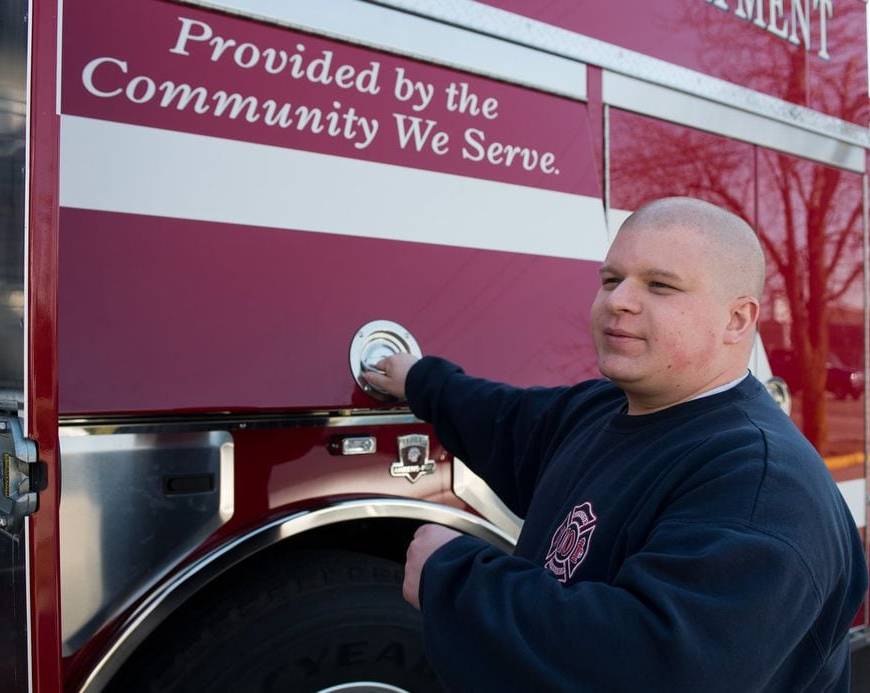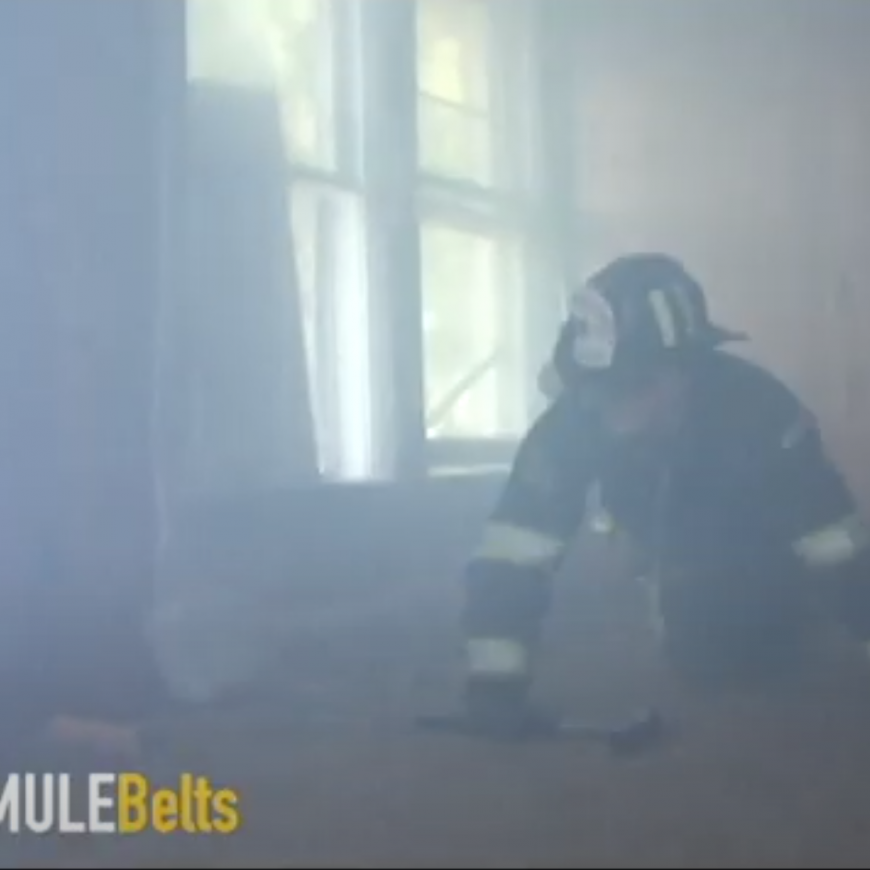By Joseph V. Maruca
My ambulance & fire department, the West Barnstable (MA) Fire Department (WBFD), has been providing advanced life support (ALS)-/paramedic-level ambulance services to our community since 1974. We initiated our service shortly after Los Angeles (CA) County initialed its more famous paramedic program. Our community has 3,200 residents across 14 square miles, operating one ALS ambulance that transported 270 patients to the hospital in 2018. Because of our long experience as a small, mostly volunteer ambulance service, we often get questions from other small fire departments wondering if they should also take on the role of ambulance provider for their communities.
Most of the time, those departments consider starting or taking over ambulance service because they believe that the income stream from ambulance billing will help support the fire department; that’s generally not the case. Most of the time, small departments won’t make a profit by providing ambulance service. That is why it is best, in small communities, for a fire department to take on the ambulance service for nonfinancial reasons, such as providing better service than is otherwise available.
In any case, small volunteer fire departments need to consider not only the financials, but also the operational, administrative, and cultural changes that adding ambulance service to their mission will bring.
Start with the financial aspect. If your department is considering becoming an ambulance provider, you need to know how many patients you will transport to the hospital each year. This is critical to determine your ambulance billing revenue. Your best source for this information is from the agency that currently provides ambulance transport for your community. If that agency won’t provide the information (and you can’t force them to provide it), you’ll have to estimate the number of patients based on a comparison to other similar communities.
Next, know what percentage of your annual patients will be paying their ambulance bill with Medicare (or another similar government insurance plan); with private insurance such as United Health Group, Cigna or Blue Cross; or if they will pay out of pocket because they don’t have insurance. Each of these categories will pay your service a different rate, and you will experience a different collection percentage from each of these categories.
For instance, in 2018, 171 of the WBFD’s system’s patients were on Medicare, 73 had private insurance, and 21 paid out of pocket (no insurance). Medicare only pays us $420 per patient, so our gross income transporting Medicare patients equaled $71,468. The much smaller group of 73 patients with private insurance paid us a total of $173,076, or an average of $2,522 per patient. The 26 self-pay patients paid us a total of $14,883, or $572 each. The importance of this analysis is that Medicare (or other government insurance) and patients who pay out of pocket contribute much less to your income that private insurance patients do. Although we bill everyone the same amount for a trip to the hospital, what we actually collect varies greatly depending on these factors.
Now, you may be thinking, “Wow, $259,427 in ambulance revenue. This is a great reason to go into the ambulance business. Just think how much more money that is for our fire department.” However, you need to stop and calculate your costs of providing an ambulance. Unfortunately, many fire departments focus on how much revenue the ambulance will produce, but they fail to look too deeply at the expenses.



